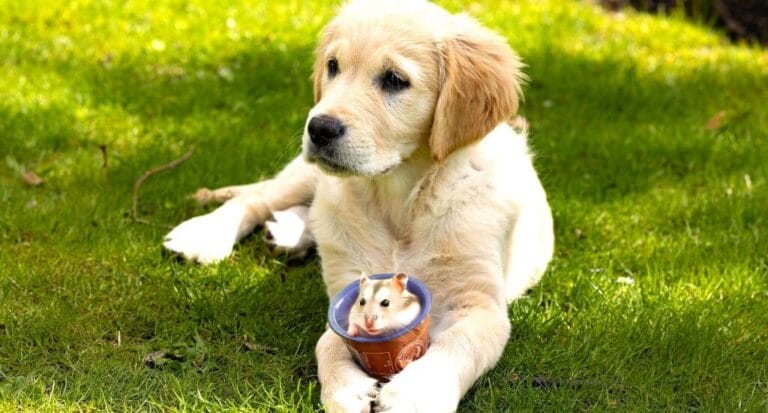Dogs are often called man’s best friend, but sometimes their natural instincts don’t mix well with smaller pets. While many dogs are kind and gentle, some have a strong hunting drive that makes living with a hamster, parakeet, or other small animals a bit too exciting!
Let’s take a look at 12 dog breeds that may not be the best match for tiny friends. From playful mischief to deep instincts, these breeds might need extra watching when small animals are around.
Siberian Husky

Siberian Huskies have a beautiful, wolf-like look and a love for mischief.
They are known for having a high prey drive, which means they might see smaller pets as something to chase instead of cuddle.
With their endless energy and curiosity, Huskies love to play games like “catch me if you can,” which can make small animals like birds or hamsters feel unsafe.
Even though they are friendly and charming, Huskies need constant supervision if you have tiny pets at home. A quick-moving bunny might be too hard for them to resist!
Jack Russell Terrier
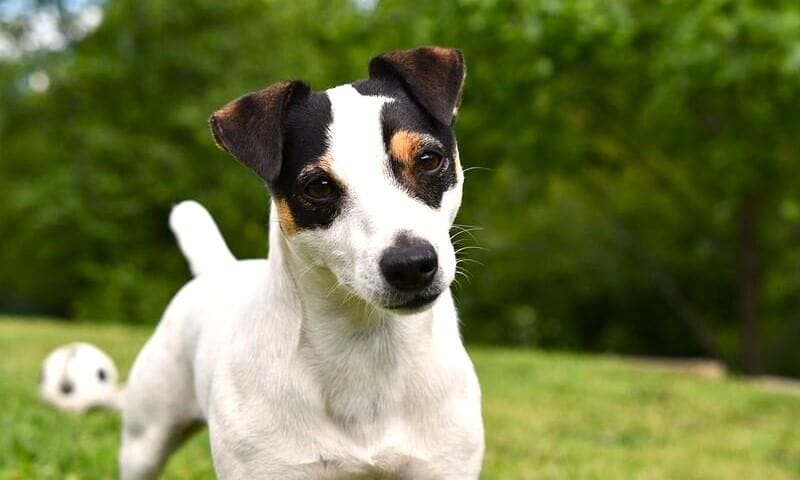
Jack Russell Terriers are small, but they’re packed with energy—like the Energizer bunnies of the dog world!
They love adventures and have a strong chase instinct, which makes them fun for people, but not so great for smaller pets.
Their hunting instincts are always on, so they might see a hamster or bird as something to chase, not befriend.
These dogs are smart and active, often turning the backyard into a racetrack. For the safety of your tiny pets, it’s best to keep them far from this lively pup’s path!
Greyhound

Greyhounds are elegant, graceful, and built for speed—like the Ferraris of the dog world.
They love to chase moving things, which makes them not the best match for small pets like rabbits or hamsters.
Even though they have gentle eyes and seem calm, their hunting instincts can switch on quickly if they see a small animal.
Greyhounds were once used for coursing (chasing prey), so it’s in their nature. If you have tiny pets at home, it’s best to keep them safe and separate from these fast and focused dogs.
Afghan Hound

Afghan Hounds look like they’ve just stepped off a fashion runway with their long, silky fur and regal posture.
But don’t be fooled by their elegant appearance—these dogs have a history of hunting in tough environments.
They have sharp eyesight and a strong chase instinct, which makes them unpredictable around small animals.
Their flowing fur may look peaceful, but they can quickly get distracted by anything that moves.
Even though they seem quiet and aloof, their hunting roots run deep. If you have tiny pets, it’s smart to supervise closely when an Afghan Hound is around.
Alaskan Malamute
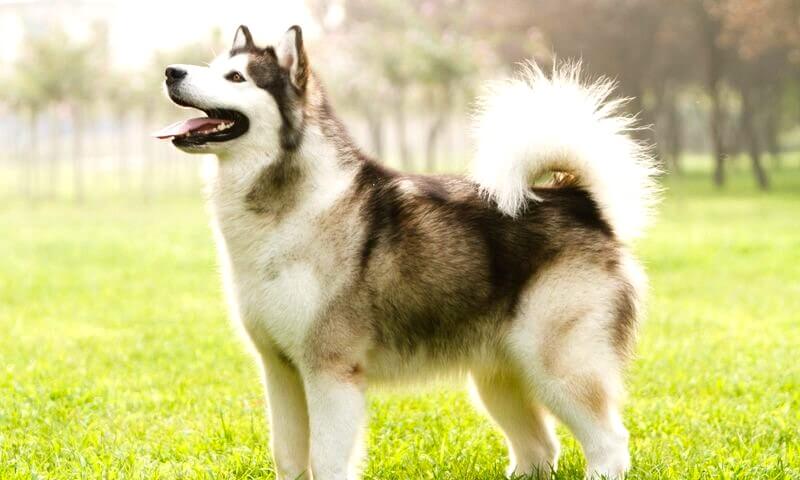
Alaskan Malamutes are strong, powerful dogs known for their Arctic roots and sled-pulling history.
They love the wild and have a strong chase instinct, which can be risky for small pets like rabbits or guinea pigs.
With their big, muscular bodies and fluffy coats, they may look cuddly, but they still have a strong predator drive.
Their loud howl, much like a wolf’s, and their high energy can be a lot for tiny animals to handle.
If you have small pets at home, it’s best to be extra careful when a Malamute is around.
Dachshund
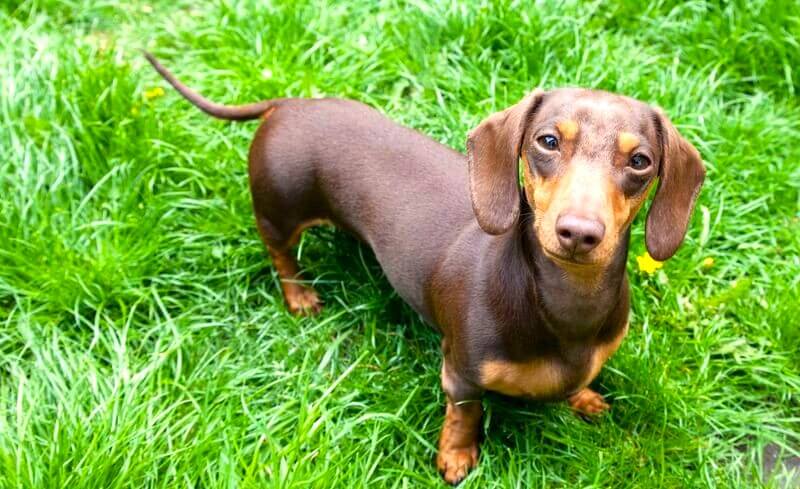
Dachshunds, with their long bodies and fun personalities, are like little sausages full of energy.
They were originally bred to hunt animals that live in holes, so they have a strong nose for tracking and a natural chase instinct.
Even though they’re cute and playful, they might not be the best match for tiny pets like hamsters or mice.
Their curious nature can lead them on mini adventures, often focused on smaller animals.
While they love to snuggle, their hunting background makes it hard to ignore something small and moving nearby!
Basenji
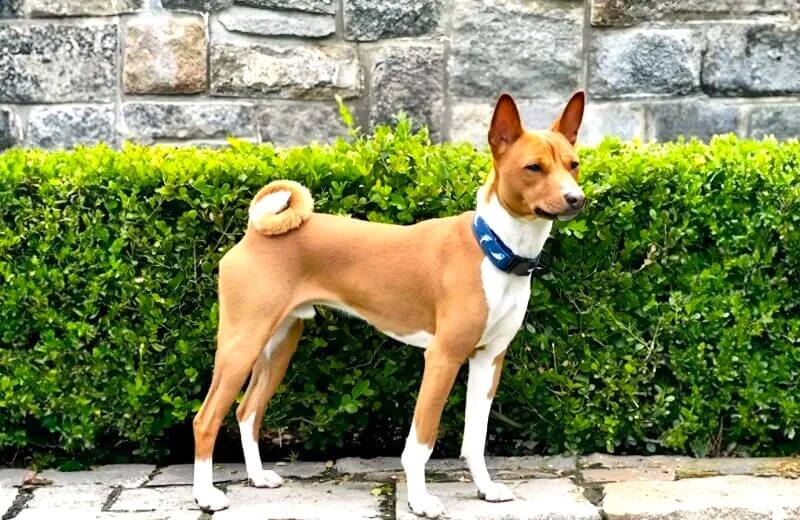
Basenjis are known as “barkless dogs” because they make yodel-like sounds instead of barking.
They are independent, curious, and always ready to explore or chase something new.
With their sharp instincts and quick moves, they can be tricky to manage around small pets.
Originally from Africa, Basenjis were bred for hunting in thick forests, so they’re skilled and focused hunters—even if they look small and cute.
Living with a Basenji is like having a little adventurer at home, but be sure your tiny animals are safe and out of reach.
Weimaraner
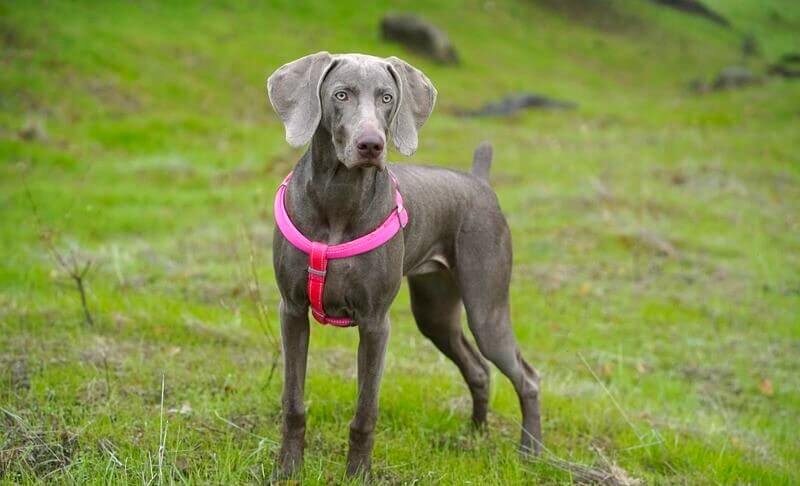
Weimaraners are known for their shiny silver coats and soulful eyes. They’re true athletes among dogs.
With their endless energy and fast reflexes, they make excellent hunters—but that can be a problem if you have small pets.
Often called the “Grey Ghosts,” Weimaraners are very smart and love a good chase.
They are very loyal, but their excitement can be too much for tiny animals.
If you have small pets like hamsters or birds, it’s best to keep them safe and out of reach when a Weimaraner is around.
Airedale Terrier
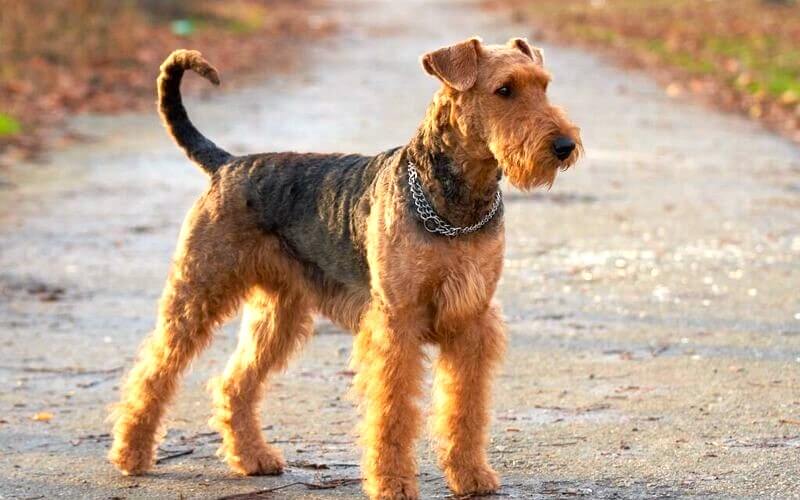
Airedale Terriers, known as the “King of Terriers,” are smart, active, and very versatile.
They were once used for hunting and working, so they have a strong curiosity and a bold sense of adventure.
While they make fun and loyal companions, their high energy can be too much for small pets.
Their wiry coat and expressive face make them charming, but their strong hunting instincts can put tiny animals at risk.
An Airedale’s enthusiasm is great—but it’s best shared with pets closer to their own size.
Whippet
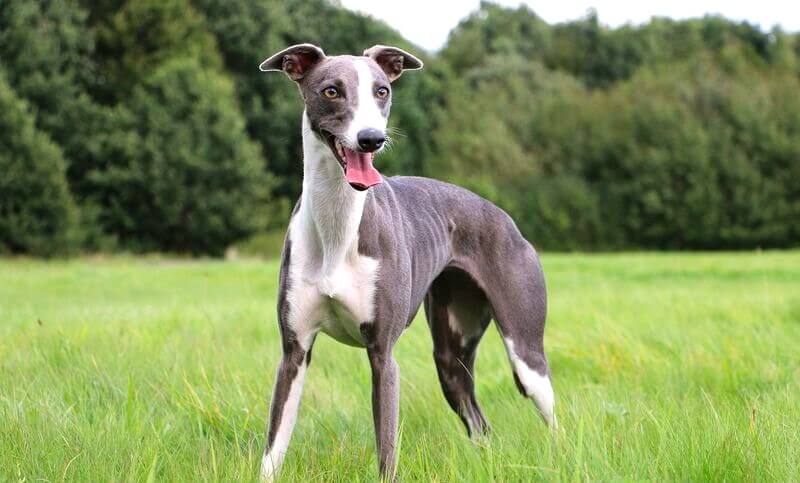
Whippets are slim, fast, and have gentle eyes—but at home, they’re often couch potatoes who love to relax.
Even though they seem calm, they were once sighthounds used for chasing prey, and that instinct is still strong.
If something small and moving catches their eye, they can go from resting to running full speed in a second.
Their laid-back attitude is sweet, but small pets might feel scared by their sudden bursts of chasing energy.
If you have tiny animals, it’s important to keep them safe and separate, just in case your Whippet gets curious!
Samoyed

Samoyeds, often called “smiling dogs,” are fluffy, happy, and full of joy.
They were originally used for herding and sled pulling, so they have strong instincts that can kick in when small pets move around.
Their friendly attitude can quickly turn into a chase, which isn’t fun for hamsters, birds, or other tiny animals.
Behind those cute, smiling faces is a dog that’s always ready for adventure.
While they’re sweet and playful, it’s safer to keep small pets out of their reach—these snowy fluffballs might think it’s all just part of a game!
Irish Wolfhound
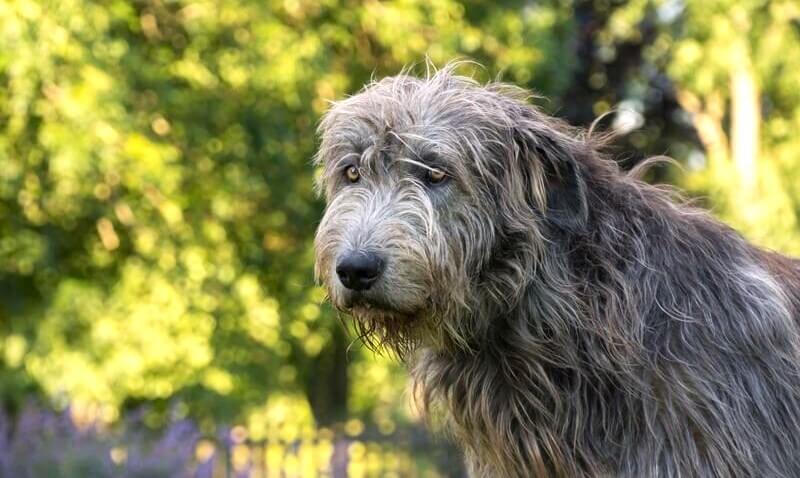
Irish Wolfhounds are tall, majestic, and often called gentle giants—but they still have a strong instinct to chase.
Their huge size alone can be scary for small pets, and their past as wolf hunters shows just how powerful they can be.
Even though they have kind hearts, their natural prey drive doesn’t mix well with tiny animals.
With their long stride and big presence, they easily become the center of attention in any home.
For families with small pets, it’s best to keep some distance—these lovable giants might be too much for little creatures to handle.
Conclusion
While dogs bring love, loyalty, and joy into our lives, some breeds have strong hunting or chasing instincts that don’t mix well with small pets.
From the speedy Whippet to the playful Jack Russell, these breeds might see tiny animals as something to chase rather than befriend.
That doesn’t mean they aren’t great pets—it just means they need extra supervision, training, and a bit of space from your smaller companions.
If you have hamsters, birds, or rabbits at home, it’s important to choose a dog breed that fits your household.
A little planning and care can go a long way in keeping everyone safe and happy—both big and small!
